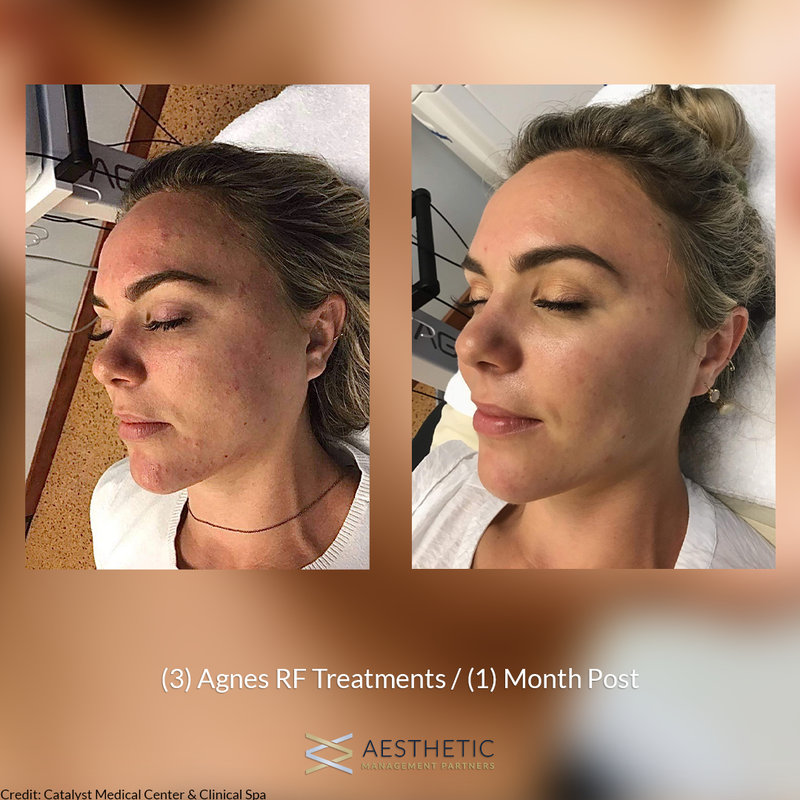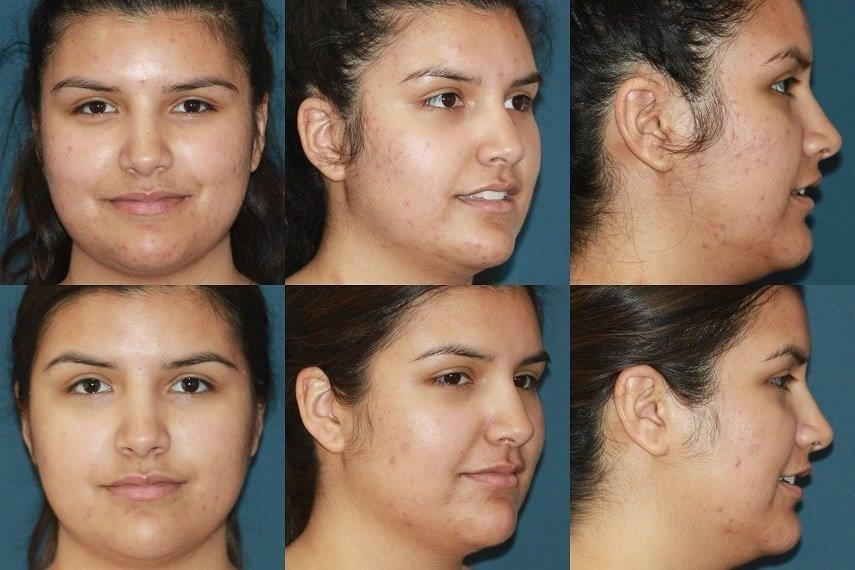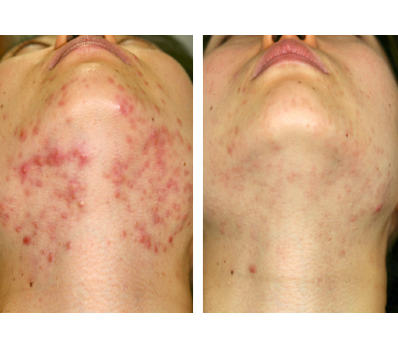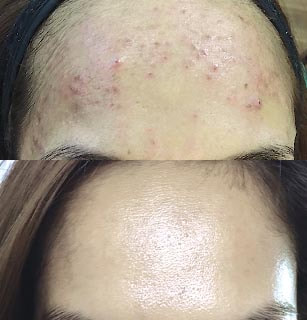Why do we Get Acne on Our Faces?
Your face is covered in pores and sebaceous (oil) glands. When some of these pores get clogged with sebum and and bacteria enters, this causes inflammation of the gland as well as the skin surrounding the gland. This results in a pimple formation. Therefore, if the sebaceous gland is eliminated, then there won't be any more acne formation. It’s that simple.
How does Agnes Work?
Agnes uses micro needling and radio frequency to fight acne. We will puncture the sebaceous gland with a sterile micro needle after applying a numbing topical. Next, radio frequency energy is delivered through the needle, destroying the sebaceous gland. The procedure is painless with very little recovery time needed. Note: The energy from the needle will not touch the skin, only the sebaceous gland.
Will Destroying the Sebaceous Gland Cause Dry Skin?
Your face has thousands of pores, but it’s only around 200 to 300 of these pores that actually get clogged with sebaceous and result in acne. Since only some glands are treated, you can count on not having dry skin after an Agnes treatment. The dry skin you may have experienced using acne facial topicals simply does not result from this treatment.
How Many Sessions do I Need?
On average, you will need 4-6 treatments over a 3 to 4 week time period. Keep in mind that you will also need to see the medical provider 1 to 3 days after an Agnes treatment to make sure there are no side effects and that you are healing properly.
Are there Side Effects to Using the Agnes Acne Treatment?
The treated glands may become temporarily swollen and red. In some rare cases, there may be superficial skin burning but this is mild and will not scar. Also, infection is rare and typically only happens if the treated area was already infected. An oral antibiotic can easily prevent this.
How are Comedone and Acne Related?
A comedone is a clogged hair follicle inside a pore. What happens is keratin (skin debris) mixes with sebaceous oil and blocks the hair follicle. What causes the clog is the excessive oil, which often happens during male puberty when testosterone is abundant. This is why more teenage boys than girls get acne. The excessive oil attracts bacteria which leads to inflammation and infection. If the inflammation and infection goes untreated, acne cysts and nodular acne may form deep under the skin. To avoid this, use the Agnes treatment to prevent comedone.
Can Agnes Treat Comedone without the Presence of Acne?
Yes. Comedone is treated with a C needle, which is smaller than the needles used for treating acne. In fact, the Agnes treatment destroys sebaceous glands before comedone is even formed.




